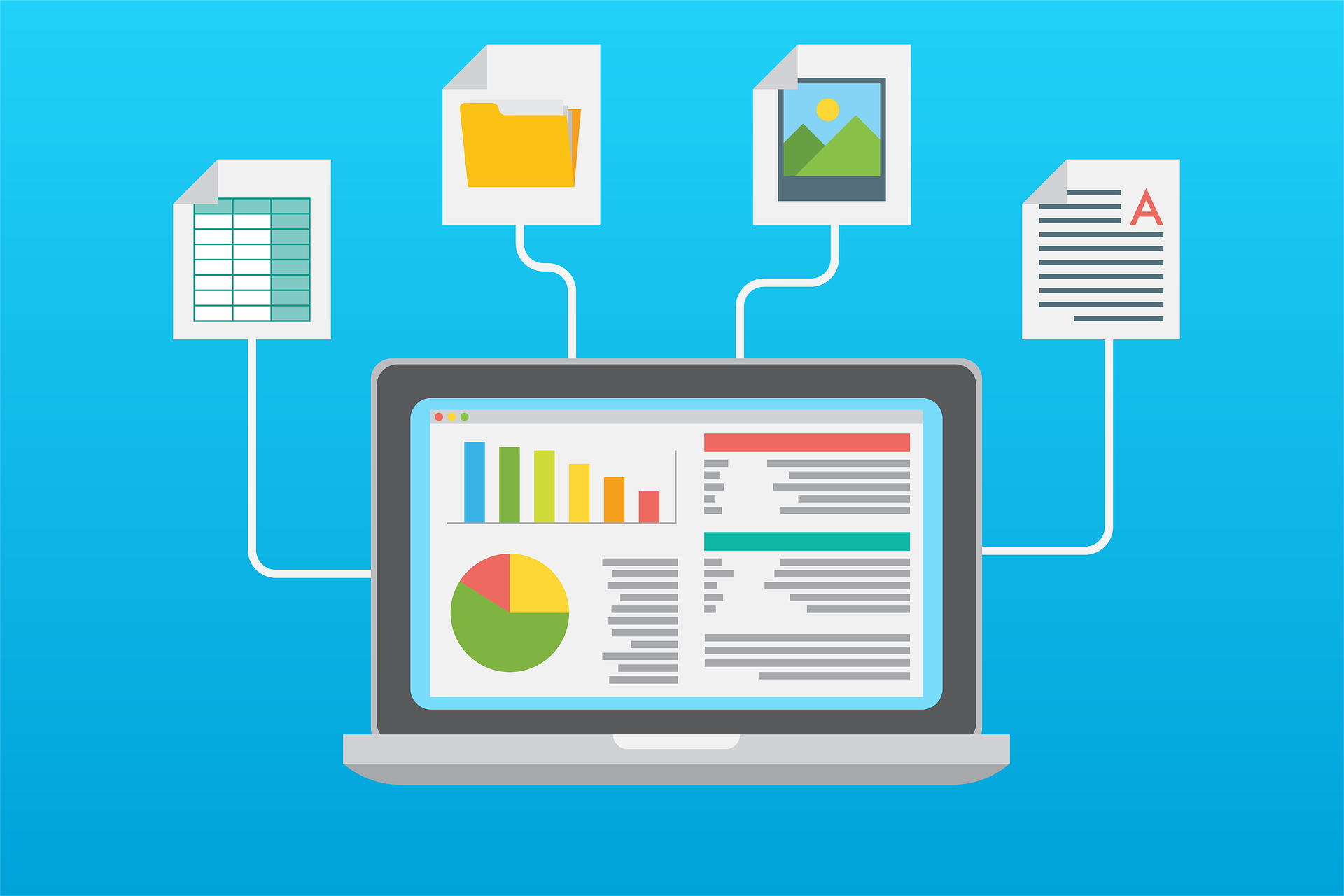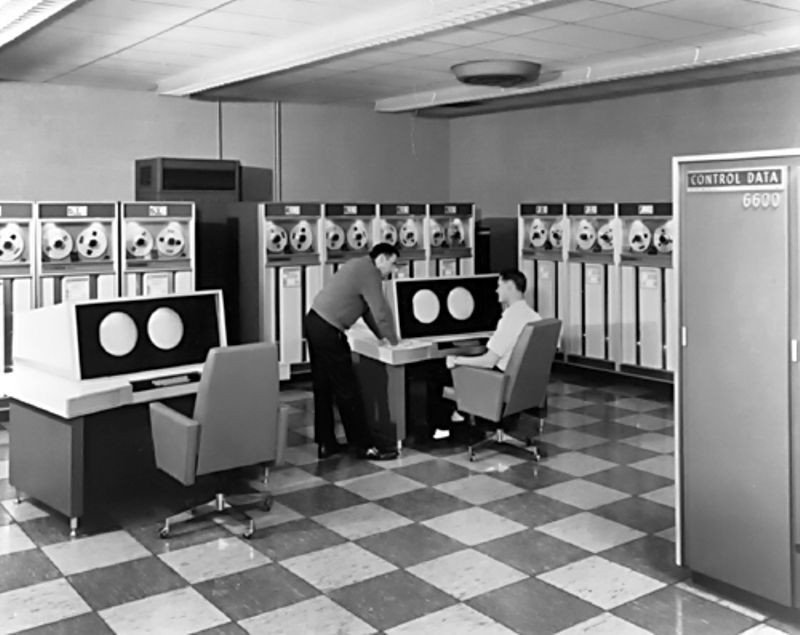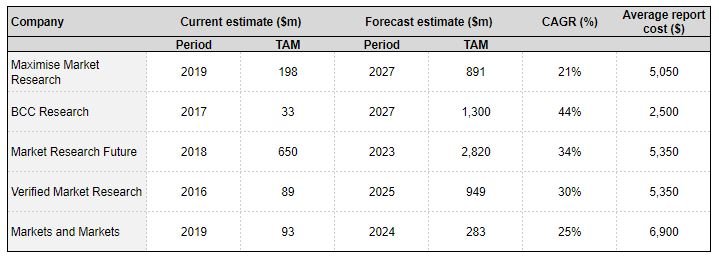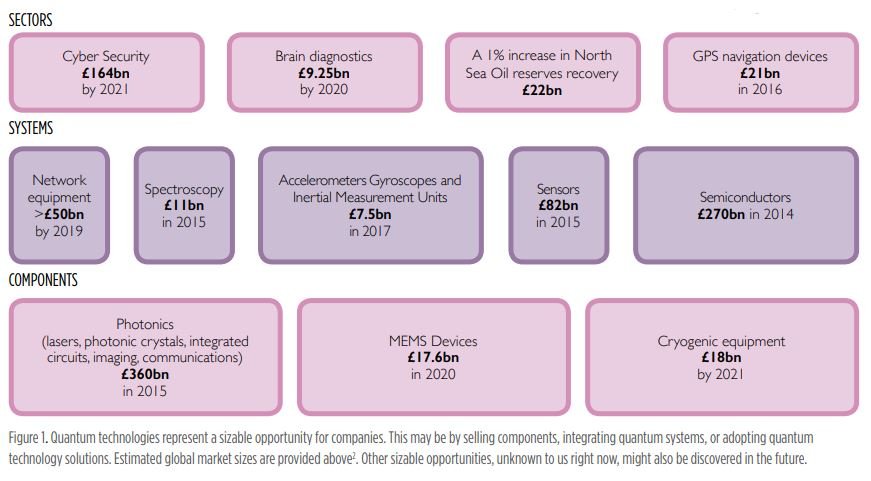
At The Quantum Daily we, unsurprisingly, like to keep track of the daily news wires mentioning Quantum Computing. Earlier this week, one headline caught our eye:
Quantum Computing Market is Poised to Surpass $64,988.3 Million By 2030
Sorry, what?

This article aims to demystify how market sizing works, and how we should think about sizing the Quantum Computing market.
You may also like:
- Quantum Computing Market Expected to Grow at Double-Digit Rate
- McKinsey Forecasts Quantum Computing Market Could Reach $1 trillion by 2035
- Quantum Computing as a Service Market to Hit $26 Billion by End of Decade
Market sizing and how it works
Current Total Addressable Market
There are plenty of sites out there which explain how market sizing works, so we will keep this relatively simple. At its most basic, market sizing is an attempt to understand the potential amount of revenue that is currently made in a particular market – i.e. to find the Total Addressable Market (TAM). This is often used by companies to identify how much opportunity there is in their existing market, or for startups to analyse a market entry opportunity.
In short, the market size of a sector in a given year is the total number of transactions (across all companies) in the sector in that year, multiplied by the price they were at.
People often forget this basic premise: Revenue = price (amount product is sold for) x volume (number of units sold)
Note: most companies will sell multiple products / services so their revenue is the summation of these different products / services
The Total Addressable Market (TAM) of a given sector = the total revenue of all companies in a given sector.
Let’s start with an example. If you are assessing the market size for online website builder platforms (such as Squarespace, Wix, WordPress), the market size is the sum of the revenue of all the companies you include in your analysis. Many among you will have already started to spot that this can be quite subjective; how do you decide the precise boundaries of a market and therefore what companies you include in it. In the website builder case, as soon as you expand the definition to include Go Daddy’s website builder, you could quickly distort the market size by including Go Daddy’s (material) hosting revenue.
You will note above that I mentioned available revenue that is currently made. This is the traditional approach to analysing mature industries. For nascent industries, this can often result in a big fat zero. Depending on how you cut it, the market for desktop computers in the 1960s was zero, precisely because no-one was selling them.
Forecast Total Addressable Market
For nascent industries such as AI, Quantum Computing, Biometrics, etc., analysts focus more on estimating the revenue that will be achieved by companies operating in these sectors in the future.
Typically, this will be done by looking at how existing markets will be changed by new technology. For example, an analyst may look at the amount that companies spend on accountants and determine that AI will be able to take some share of this market.
But here’s where you run into difficulty: new technology disrupts existing markets but it also creates new markets. In the 1960s, it was very hard to understand the impact of desktop computers on existing markets. Computers were large devices which were good at very specific tasks which were previously done by hand. The fastest computer in the world in the mid 1960s was the Control Data Corporation 6600 which performed up to 3 million instructions per second (modern laptops do over 100 million) and was only accessible in a large computing centre.

It was hard to imagine at the time the market for things such as smart phones, cloud based software.
Quantum Computing Market
Current Total Addressable Market
Using what we discussed above, the Quantum Computing Market can be defined as the total revenue achieved by Quantum Computing companies in a given year. At the moment very few companies, if any, are making any revenue from Quantum Computing. As outlined in one of our previous articles, D-Wave have sold a few Quantum Annealers, but that’s about it.
So the addressable market is zero or, at a push, a few million.
Forecast Total Addressable Market
This brings us back to the bizarre headline:Quantum Computing Market is Poised to Surpass $64,988.3 Million By 2030.
Our main problem with this statement is the spurious attempt at specificity. Predicting a market size in 10 years time to the nearest $100k is clearly nonsense and adding false accuracy is nothing more than a marketing technique. When you see headlines like this, ignore them.
So, how big does The Quantum Daily think the market can get? The short answer is that we’re not sure, but we think the potential could be big.
We looked at some of the reports out there. A quick google will allow you to build something like the below:

There is no widely accepted figure for the future (nor current) Quantum Computing TAM (if we can offer you any sage advice, don’t spend thousands of dollars on any of these reports – they will not help you). What’s interesting is that these companies are even trying to assess the market at all.
The UK Government Office for Science has also explored the TAM question. They looked at the global market size for sectors which currently look most interesting for Quantum Technologies. As they indeed note, this market mapping excludes other potentially sizeable opportunities that Quantum Technologies may open up.

The key takeaway from this should Quantum Technologies may be able to achieve a profoundly large TAM, however it is too early to assess precisely where, and precisely how much.
Conclusion
Market Size / Total Addressable Market (TAM) is a commonly used, but poorly understood term. The Quantum Computing TAM is currently negligible. Assessing the future size of the market is not something we can accurately do in any nascent industry, particularly because we don’t know what new markets will be created, in addition to disrupting old markets. However, the impact of Quantum Computing could be very large, and it is not unreasonable to expect the value of the market hit multi-billion dollars in the coming years. The timing is highly dependent on further scientific breakthroughs which, by their very nature, are hard to forecast.
If you found this article helpful, you may be interested to know that we are building a detailed dataset on all quantum computing companies (as well as data on their funding). For beta access, please see here.
















